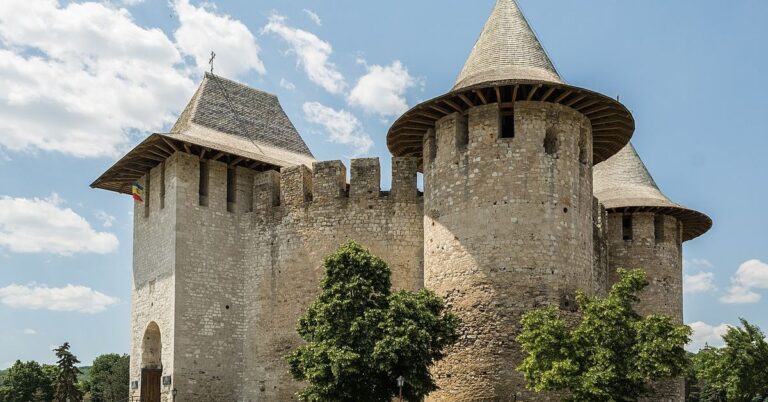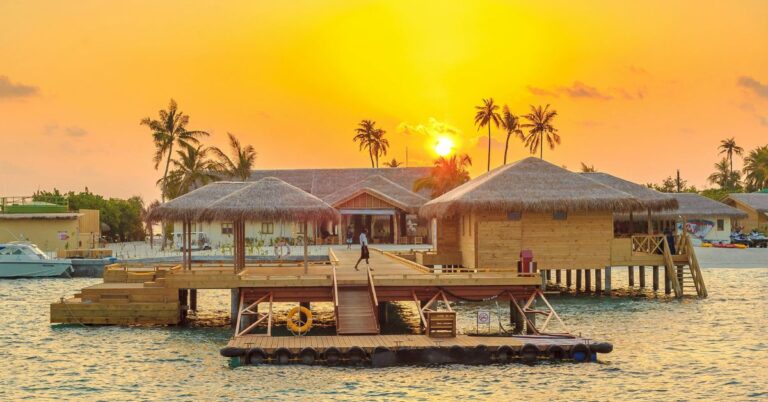All About Triquet Island’s Mysterious, Ancient Settlements

Did you know that Triquet Island has an icy secret? It challenges all previous theories and findings about early human settlements in North America. If you’re curious, here’s a look at what the researchers have found so far and how life on the island is now.
An Overview Of The Site

Triquet Island, located off the coast of British Columbia, was considered an unlikely place for early human settlement. However, in 2017, archeologists at the University of Victoria discovered evidence of an ancient village buried beneath layers of i
Carbon Dating Confirms Its Age

Charcoal samples from the site were carbon-dated to roughly 14,000 years ago. This particular finding confirms that Triquet Island’s settlement was older than any other known North American site. It completely reshaped the timeline of early human migration.
The Remarkable Preservation Of Artifacts

People were shocked to see that the ice and stable soil conditions preserved the site’s artifacts with astonishing detail. Tools and remnants of daily life remained intact after 14,000 years! It gave archaeologists a rare opportunity to study ancient human activity.
Triquet Island’s Unlikely Role In Human Survival
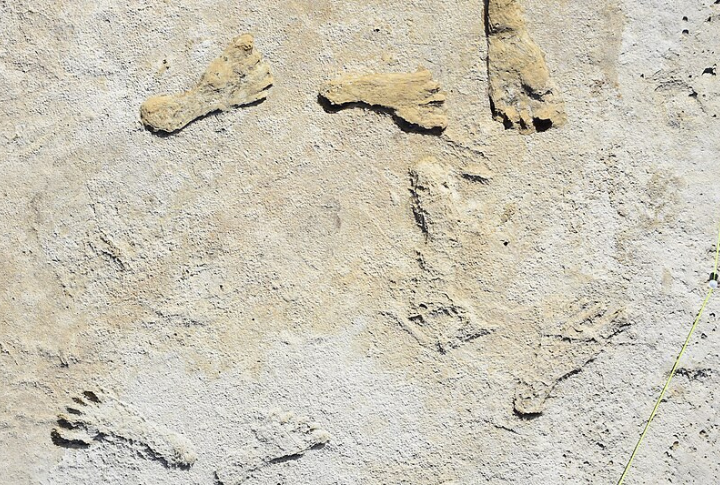
Previously, there was no evidence that suggested that the island was home to humans during the Ice Age. Therefore, the evidence of human life found at the site revealed new stories. Early settlers maneuvered treacherous routes and harsh conditions by turning this isolated spot into a home.
Its Location Speaks Of A New Migration Route
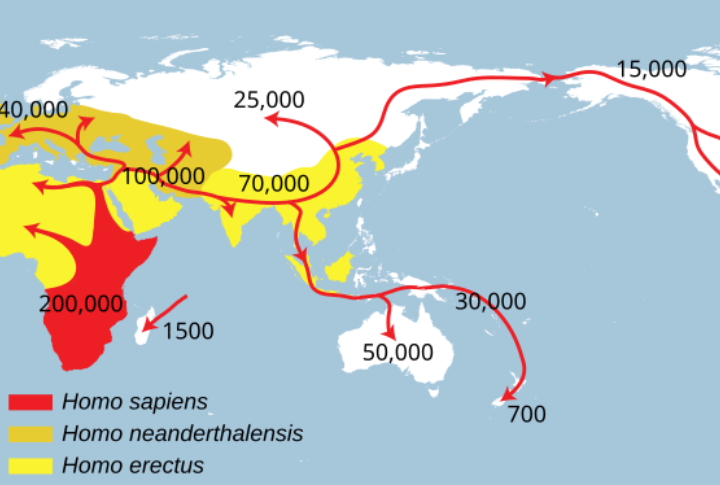
The settlement’s location suggests that early humans migrated through coastal routes rather than inland passages. This challenges the long-standing land-bridge theory and points to the hidden seafaring capabilities of that time.
Theories About Early Environmental Survival

Early humans living in this icy region used to have advanced survival strategies, from building efficient shelters to harvesting marine resources. Their ability to adapt to freezing and ever-changing environments reflects a deep understanding of nature’s rhythms.
Hunting Tools Discovered At The Site

Hunting devices and fire-starting tools reveal sophisticated manufacturing techniques. Some tools show evidence of repair, indicating that early settlers not only created but also maintained their equipment. It talks about their knowledge of materials and craftsmanship.
Coastal Stability Made Survival Possible
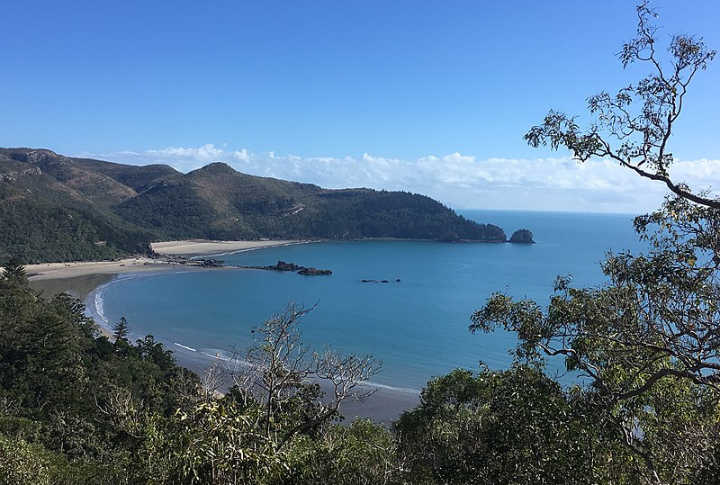
Triquet Island’s coastal position likely provided a climate buffer during the Ice Age. Geological surveys suggest that shifting ocean currents created milder microclimates, which may have allowed early settlers to gather marine resources year-round and establish a lasting settlement despite the harsh glacial environment.
It Validates The Oral Traditions Of The Heiltsuk People
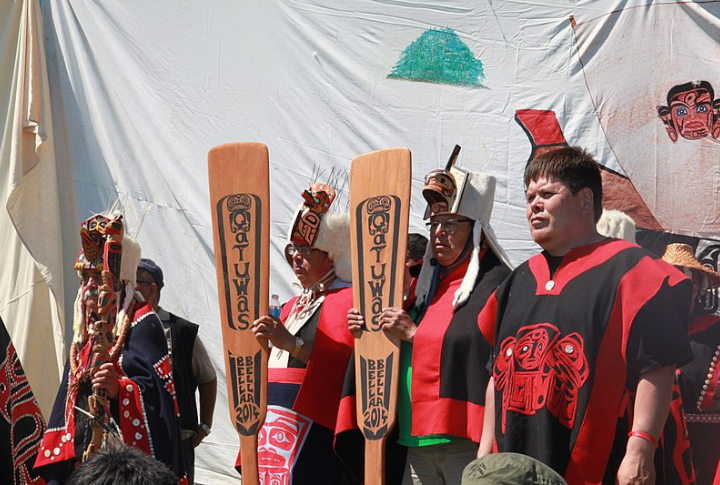
For generations, the Heiltsuk people have told stories of their ancestors’ presence on Triquet Island. The archaeological evidence now supports these oral histories by highlighting the profound cultural continuity between the past and present.
Ongoing Excavations Hold More Answers
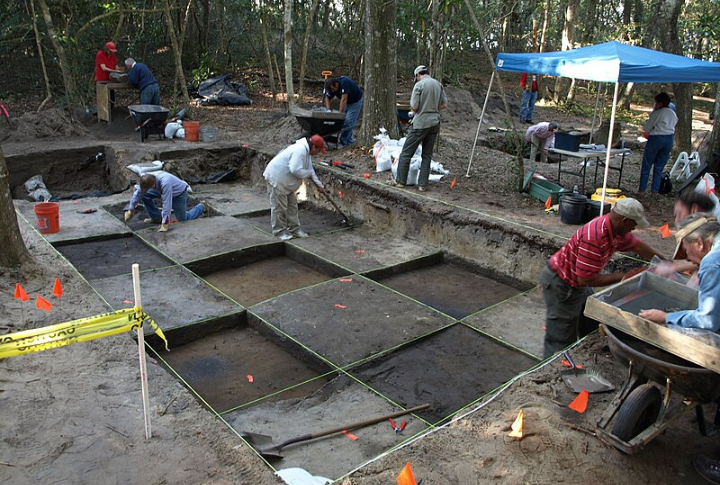
Archaeologists believe that further excavation will reveal even more about early human life. The site promises to shed light on ancient survival strategies and social structures and provide a glimpse into the resourceful ways early settlers harnessed the coastal ecosystem for long-term habitation.
Current Occupants Of The Island
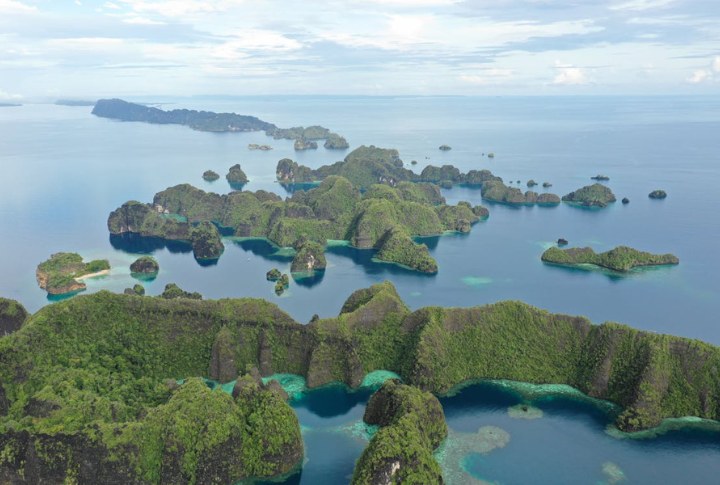
Triquet Island is currently uninhabited due to its remote location, harsh weather conditions, and lack of modern infrastructure. While it provided a stable environment for ancient settlers, today, it lacks the resources needed to support a permanent population. Additionally, the island is considered an important archaeological and cultural site, which makes preservation efforts a priority over habitation.
Present-Day Ties To The Heiltsuk Nation
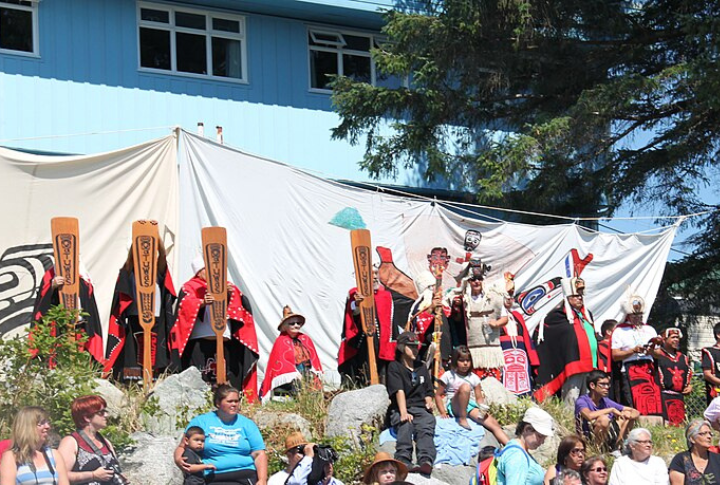
The Heiltsuk people continue to inhabit the nearby regions of the island. They are maintaining their ancestral traditions through their lifestyle even today. The 2017 discovery has only reinforced their historical ties to the land. For us, it marked the importance of Indigenous knowledge and oral stories shared by our ancestors.
Local Efforts To Revive Ancestral Heritage
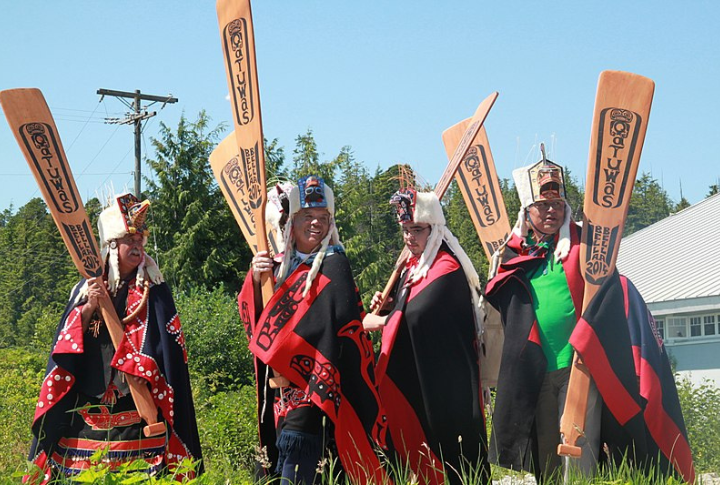
The Heiltsuk Nation is committed to preserving its ancient legacy. Language programs and cultural initiatives ensure that their Triquet-tied traditions remain alive. Linguistic research has uncovered unique grammatical structures that distinguish their language from other Indigenous languages in this North American region.

